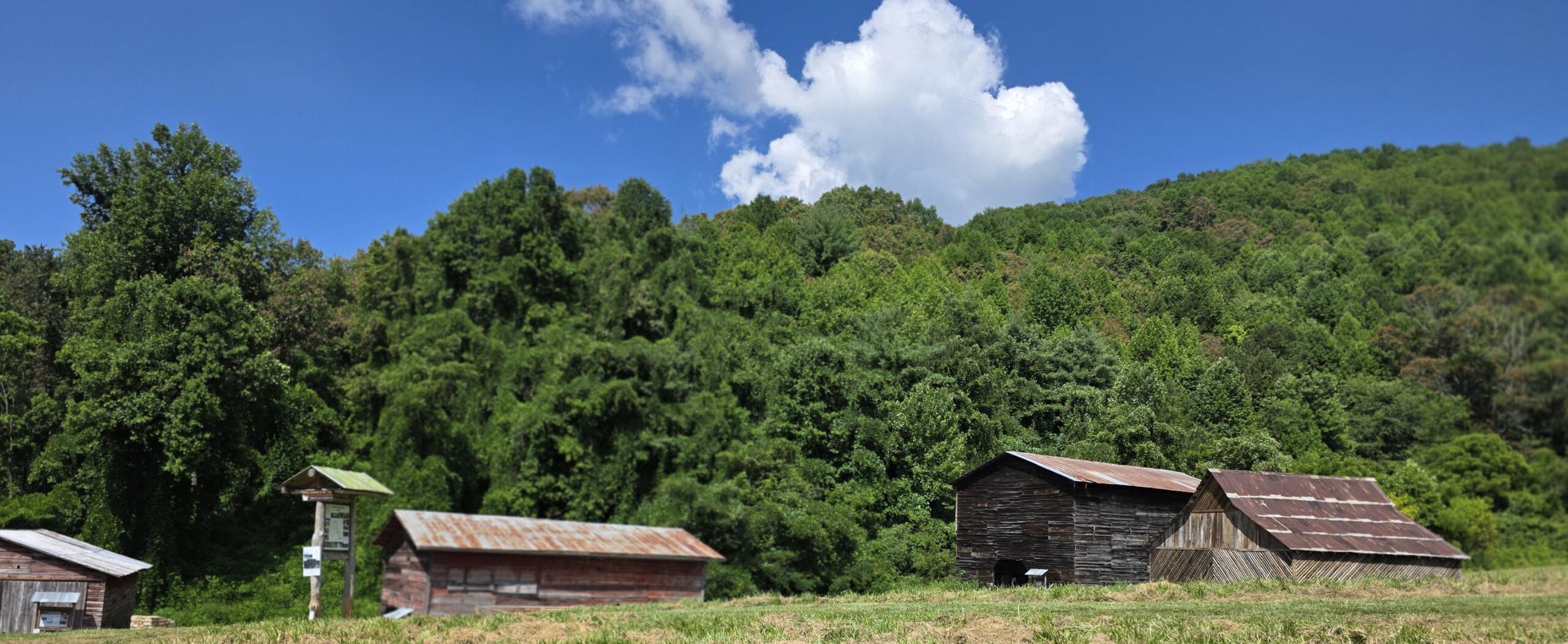HAYWOOD COUNTY, N.C. (828newsNOW) — Crews rebuilding Interstate 40 through the Pigeon River Gorge have been contending with snakes, storms, steep slopes and traffic as they work on one of the largest highway repair projects in North Carolina history.
The $1.36 billion effort follows the devastating flooding from Tropical Storm Helene in 2024, which ripped out as much as two lanes of pavement along a five-mile stretch near the Tennessee line.
“This is beyond the scope of anything we’ve ever done,” N.C. Department of Transportation engineer Wesley Grindstaff said. “When we were physically able to get here out of our division through flooding and slides and what not, it was like seeing the ocean for the first time. It wasn’t so much standing there and looking here, it was looking at a mile and a half of roadway that was just gone.
Reporters from across the region joined DOT officials Thursday for a ride-along along the gravel causeway built to access the damaged corridor. The causeway runs parallel to I-40 and serves as a haul road for equipment and stone. Two temporary truss bridges will eventually span the river to move material to the repair sites.
Construction crews have already installed about 128,000 square feet of temporary “soil nail walls,” which use reinforced steel rods and sprayed-on concrete to stabilize slopes. The permanent work, set to begin this fall, will rely on massive new structures — roller-compacted concrete walls up to 30 feet thick and interlocking steel pipe-pile walls — anchored directly into bedrock.
“These techniques are common in dam construction, but they’re relatively new for roadwork in North Carolina,” Division 14 construction engineer Josh Deyton said. “They’re designed to withstand the same kind of forces we saw during Helene.”
The scale of the project means work will continue into at least 2028, with as many as 500 workers on site at its peak. For now, traffic remains limited to a single lane in each direction, and officials are urging motorists to expect delays during peak travel weekends.
Safety measures include around-the-clock slope monitoring, with sensors that trigger alerts if the ground shifts.
“It’s fairly common to get those texts,” Grindstaff said. “Even microscopic movement is checked in person.”
Despite the challenges, engineers said progress has been significant.
“A year ago, we never would have thought we’d be this far,” Deyton said. “We’re essentially rebuilding the mountain to keep this vital corridor open.”



















